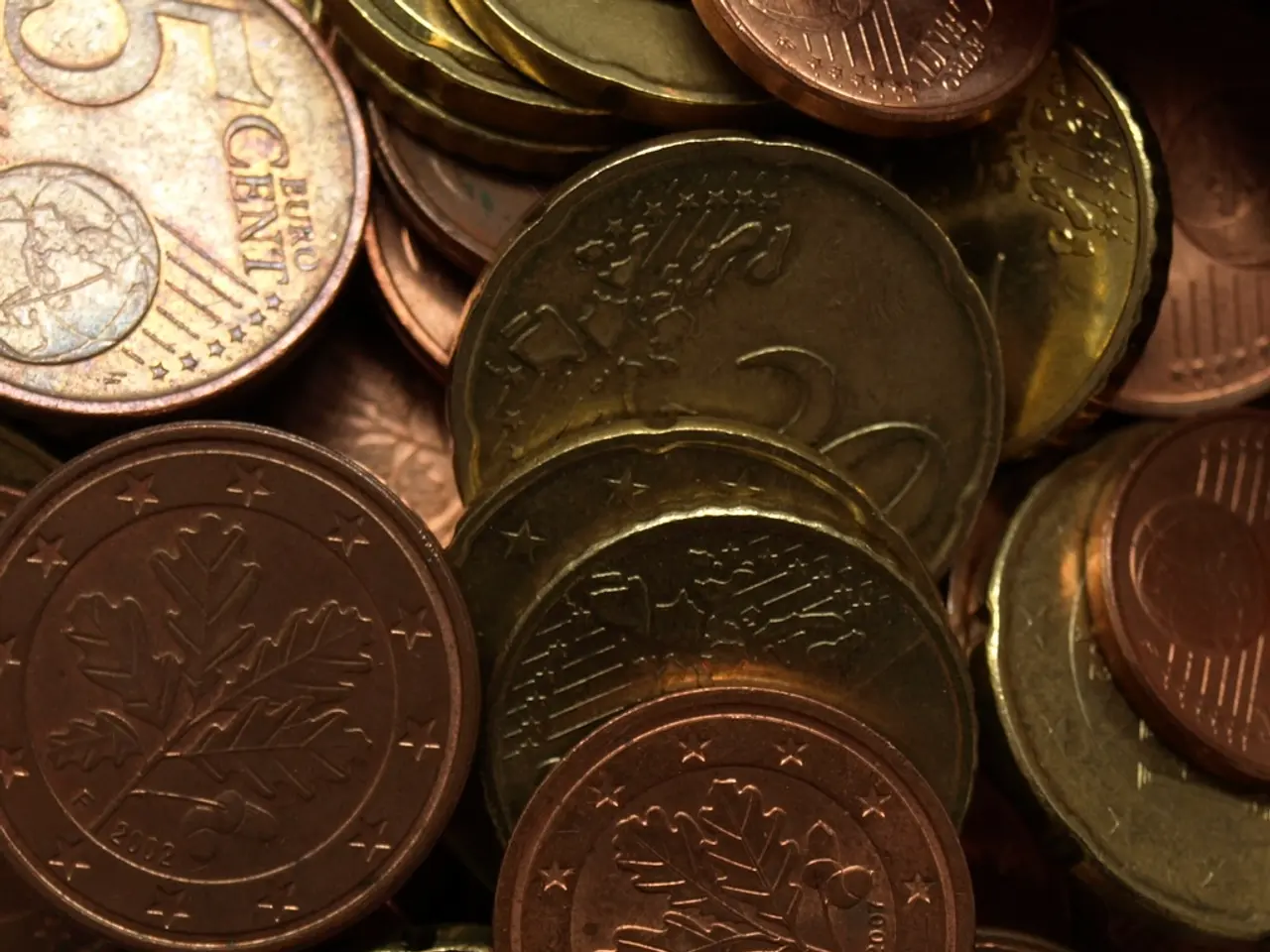Munich City Archive Switches to Solar Energy
Munich City Archives Generates Pure Energy
In a significant move towards sustainability, the city archive in Munich is now generating electricity from solar energy. The new solar plant, installed on the roof of the city archive's magazine building, is a key component of the city's broader efforts to transition towards renewable energy sources.
The solar energy installation was born during the annual roof inspection in 2022, in response to the ongoing energy crisis. The project was swiftly approved and implemented, thanks to adapted legal framework conditions in monument protection. The new magazine building, located at Winzererstraße 68/Schleißheimer Straße 105, was renovated to incorporate the solar panels, improving the building's energy quality with the installation of a new thermal insulation layer.
Matthias Bieber, who is associated with the city archive in Munich, made comments about the solar energy installation in the city archive's magazine building's magazine. The solar plant is used to power the building, and any excess electricity produced is fed into the public grid.
The city archive's renewable energy production is supplemented by measures such as converting to LED lighting. A display in the entrance hall of the archive provides real-time information about the current performance, total energy yield, and CO2 emissions avoided by the plant.
Munich has set an ambitious goal of becoming climate-neutral by 2035, with a target of achieving this five years earlier, in 2030. The city archive's solar plant is a testament to this commitment, as it is part of Munich's strategy to increase renewable energy production and achieve greater self-sufficiency in energy supply.
While specific data on the city archive's solar production, annual electricity consumption, CO2 emissions, or self-sufficiency goals are not available, the city's overall strategy emphasizes increasing solar energy capacity to meet its climate goals. Munich has promoted the use of solar energy through various initiatives, including rooftop installations and large-scale solar farms.
The region benefits from broader European initiatives in energy storage, which are crucial for stabilizing renewable energy outputs and achieving self-sufficiency goals. Some nearby institutions, like the Munich University of Applied Sciences, are involved in innovative projects such as in-space manufacturing of large structures, which could potentially impact future energy technologies.
For precise details on the Munich City Archive's solar energy production, consumption, emissions, or self-sufficiency goals, it would be necessary to consult specific municipal reports or contact local authorities directly. However, it is clear that the city archive's switch to solar energy is a significant step towards Munich's goal of becoming carbon neutral by 2035.
- The solar plant installed on the city archive's magazine building is a vital step in the transition of Munich towards renewable energy sources, aligning with the field of environmental science that focuses on minimizing harm to the environment.
- In the context of ongoing climate-change challenges, the city archive's adoption of solar energy and other renewable energy sources is bolstered by advancements in technology, such as the innovative in-space manufacturing project led by the Munich University of Applied Sciences.




